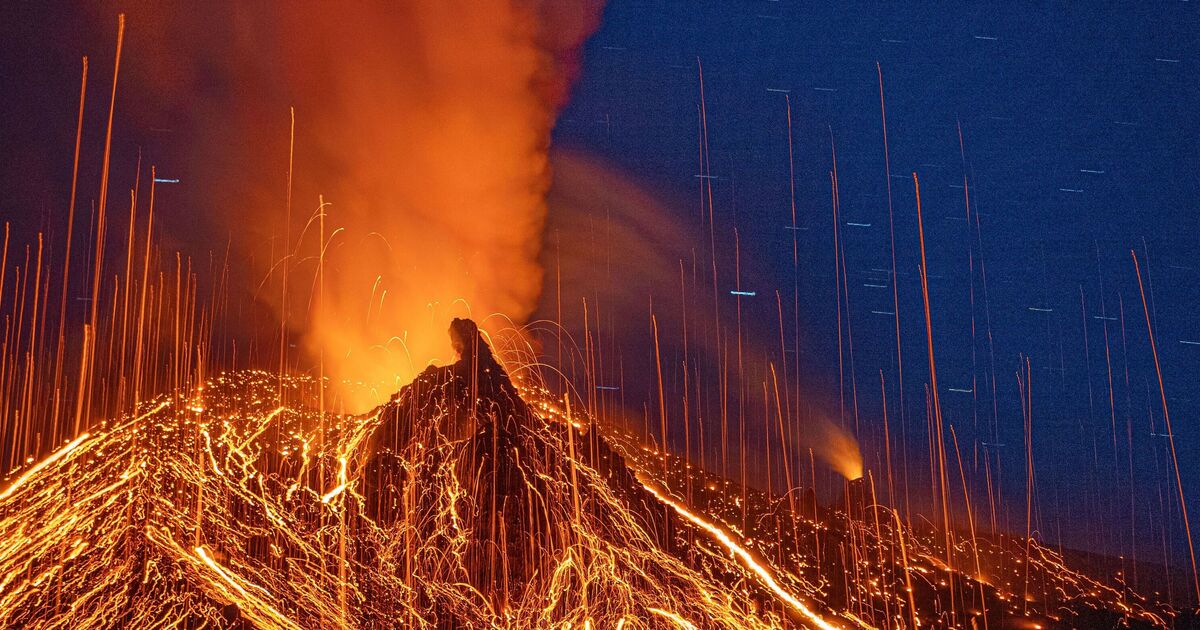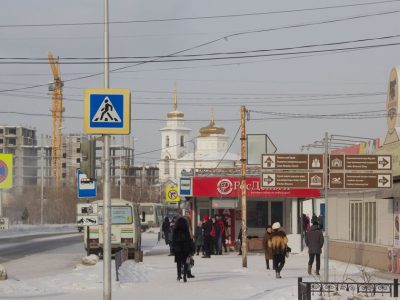A beautiful Italian island is home to only a few hundred people – who live alongside one of the planet’s most active volcanoes.
Stromboli is the most remote of the country’s seven Aeolian Islands, in the Tyrrhenian Sea, off northeastern Sicily.
The volcano sees persistent low-level explosions, called Strombolian, which tend to occur every 10 to 20 minutes and are seen as the volcano’s ordinary state of activity.
These see shreds of incandescent magma being blasted a few hundred metres high and heavier material landing inland.
A steep slope, known as Sciara del Fuoco, or “road of fire” descends from the craters to below sea level on the northwestern slope of the volcano, where most of the materials the volcano constantly spews out.
However, far more powerful explosions and paroxysms (the name given to short, violent bursts of activity) do occasionally occur and can even reach the island’s towns.
These rare, larger blasts have previously proved lethal to people on its summit and slopes, as per The New York Times.
In 2019, major explosions rocked the island, killing an Italian hiker and necessitating the evacuation of 70 people, BBC Travel previously reported.
Despite the risks, Stromboli is a popular destination among tourists.
Over the centuries, its been a beacon for sailors navigating waters around it, earning itself the nickname the Lighthouse of the Mediterranean.
Surprisingly, it does still have a number of full-time residents who live in the village of Stromboli and the smaller town of Ginostra, which was once a fishing village, as per National Geographic.
Only a few hundred people live there at any time, with estimates of 300 to 500 inhabitants.
But according to the Italian Civil Protection Department, the island can see tourists in the thousands, especially in the summer season.
Italy’s has a national warning system for volcanoes in the country, which specific “alert levels” (green, yellow, orang or red) that describe the state of volcano activity based on monitoring parameters and ongoing phenomena.
Each level, in general, corresponds to the possibility of increasingly dangerous phenomena taking place, as per the department.
Stromboli is also known for its black sand beaches, which are generally small and secluded, and accessible by boat, as per Ferryhopper.
Visitors are advised not to take risks and make themselves aware of the protocols if a major blast occurs, and follow official advice. You can find out more here.










